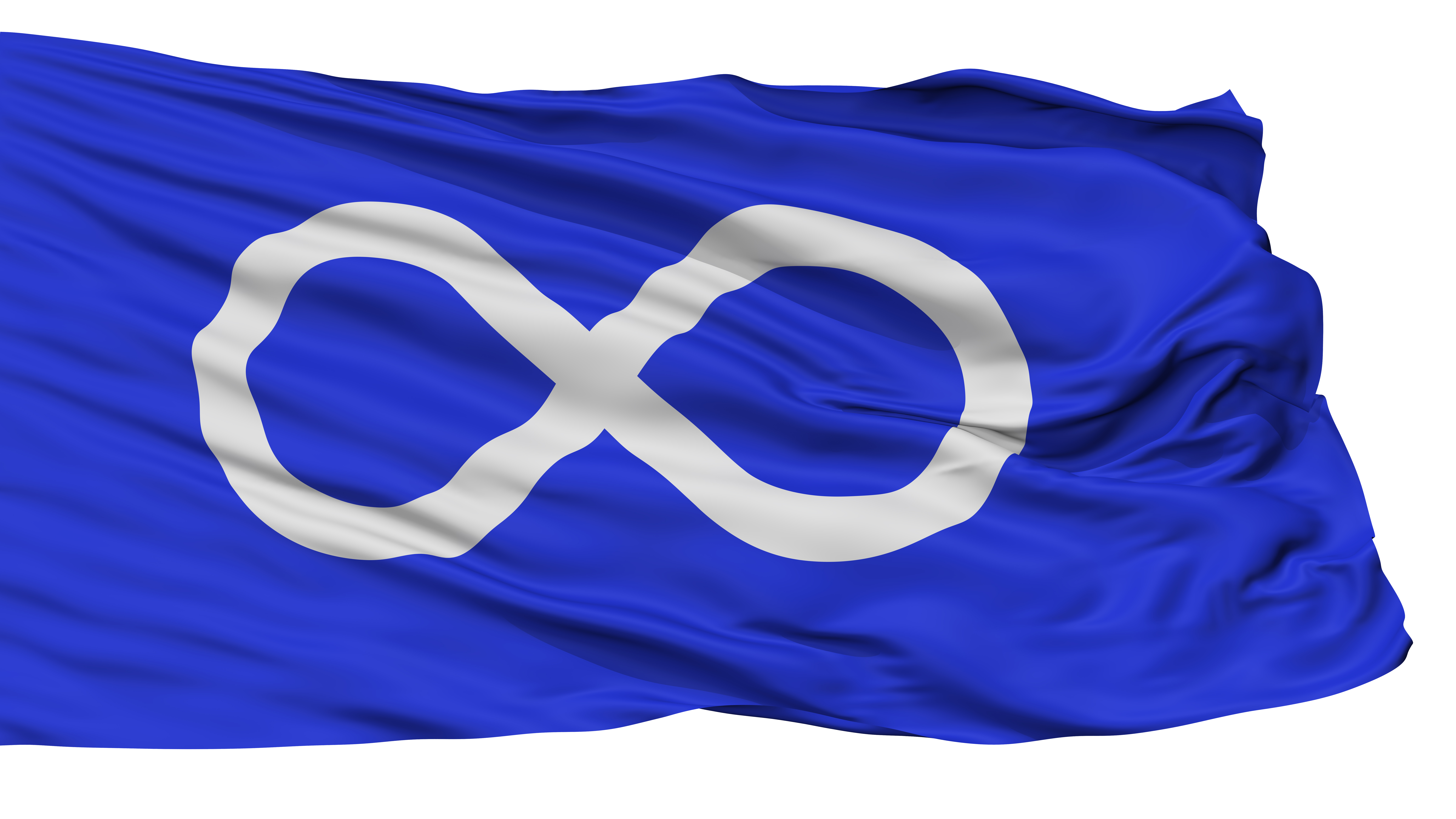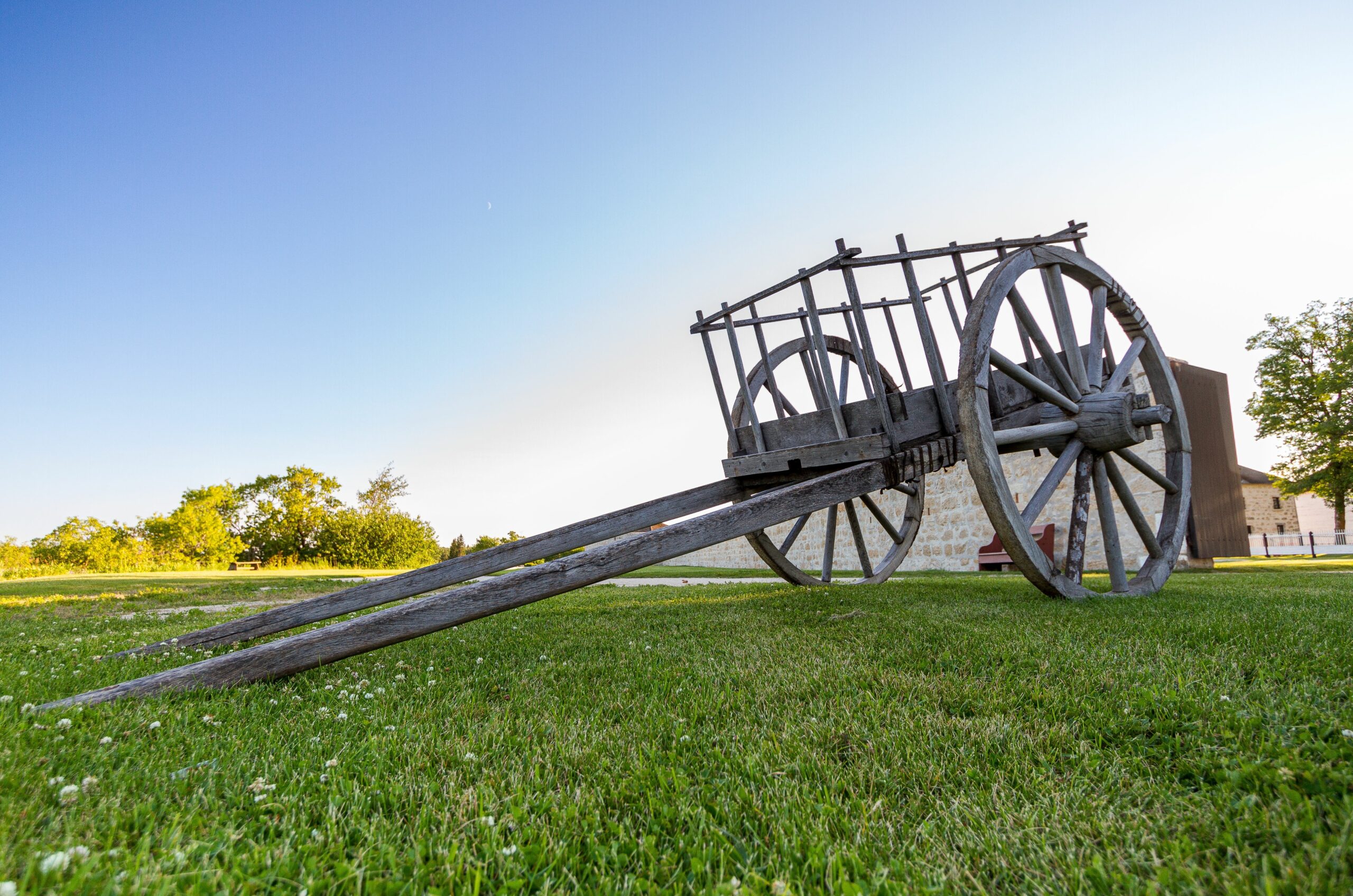Based in Rocky Mountain House, Alberta, Canada, The Métis Heritage Project operates under the authority of the Otipemisiwak Métis Government. Our goal is to maintain and educate concerning our Métis traditions, history and culture.


According to s.35 of the 1982 Canadian Constitution, the three equal but distinct Indigenous peoples of Canada are the First Nations, the Métis and the Inuit. In order to be a member of the Métis Nation, the individual has to self-identify as a Métis. Further, one has to have a genealogical (ancestral) connection to the historic Métis community and finally, one has to be accepted by the Métis community by having a past and ongoing relationship to the Métis community.
“Métis”– a person who self identifies as Métis, is distinct
from other Aboriginal peoples, is of historic Métis Nation
ancestry and is accepted by the Métis Nation.
An individual who self-identifies as Métis, must provide
historical proof of his or her Métis ancestry:
a) Historic proof showing evidence of an ancestor who
received a land grant, or a scrip grant under the
Manitoba Act or the Dominion Lands Act, or who was
recognized as a Métis in other government, church,
or community records;
b) Historic Métis Nation means the Indigenous people
then known as Métis or Half-Breeds who resided in
historic Métis Nation Homeland;
c) Historic Métis Nation Homeland means the area of
land in west central North America used and occupied
as the traditional territory of the Métis or Half-Breeds,
as they were then known.
Métis Homeland: The Homeland, geographically, embraces all three prairie provinces (Manitoba, Saskatchewan, and Alberta) also parts of Ontario, Northwest Territories, British Columbia, and parts of the United States.